What is Reproduction
It is the process of producing new organisms from the existing organisms of the same species. It is vital for the existence and continuity of the species. Living organisms reproduce mainly through
Asexual Reproduction
Sexual Reproduction
Asexual Reproduction
Asexual reproduction is the production of new offspring by a Single Parent.
This form of reproduction is very common in microorganisms, plants, and many small animals.
All the offspring produced by asexual reproduction are genetically identical both to each other and to the parent.
Table of Contents
Advantages of asexual reproduction
- Asexual reproduction has many advantages over sexual reproduction.
- Only one parent is needed, so there is no need to find a mate.
- It is faster than sexual reproduction, allowing organisms to multiply quickly under favourable conditions. Read more…
However, unlike sexual reproduction, which produces varied offspring, asexual reproduction produces genetically identical clones. This makes all members of the population equally vulnerable to the same disease or to a change in the environment.
Also Check – What are the advantages of Sexual Reproduction over Asexual Reproduction ?
Characteristics of Asexual Reproduction
Characteristics of asexual reproduction are
- It is a rapid mode of multiplication.
- Cell division takes place either mitotically or amitotically.
- The offspring produced by asexual reproduction are all genetically identical.The new individuals produced after cell divisions are always genetically clone to their parents.
- Asexual reproduction allows many offspring to be produced quickly in favourable conditions
- A single parent is involved, i.e. opposite sexes are not involved.
- It does not involve the fusion of gametes.
Also Check – Difference between Sexual and Asexual Reproduction
Types Of Asexual Reproduction
Fission
Parent organism splits or divides into two or more daughter cells. There are two types of fission
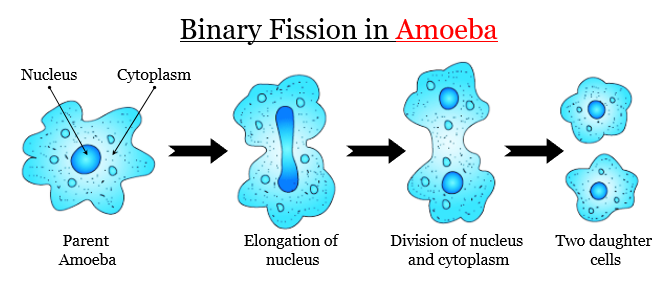
Parent organism divides into two identical daughter organisms with definite orientation. e.g. Amoeba
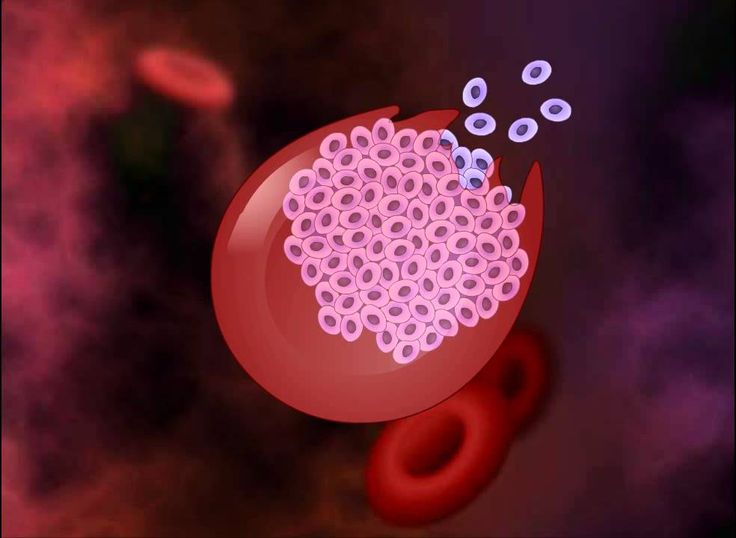
Parent organism divides into many identical daughter organisms. e.g. Plasmodium
Fragmentation
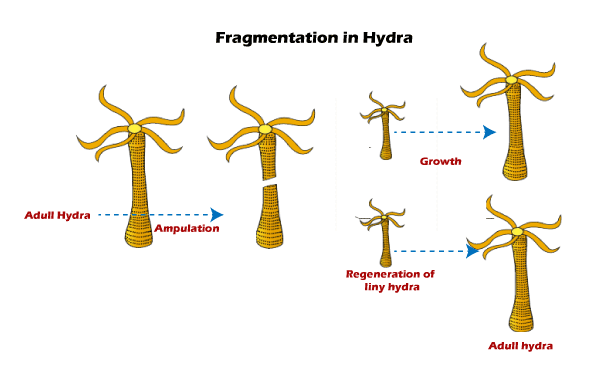
It is a form of asexual reproduction in which multicellular organisms break up into two or more
small fragments or pieces, e.g. Spirogyra.
Budding

In this, a daughter organism is formed from a small projection known as bud, which develops as an outgrowth due to repeated cell division on the parent body, e.g. yeast, Hydra.
Regeneration
A fully differentiated organism can give rise to new individual organism from its body part, e.g. Hydra.
Also Check – Sexual Reproduction in Flowering Plants
Vegetative Propagation
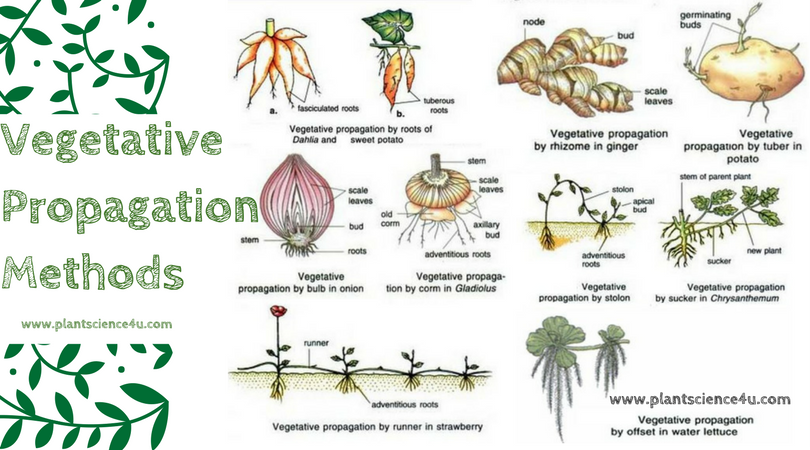
New plants are obtained from a part of the parent plant like root, stem and leaves without the involvement of reproductive organs. The artificial method involves cutting, layering, grafting, tissue culture, etc.
- Natural Vegetative Propagation
By roots ,stem, leaves, e.g. Runners , Sweet Potato etc.
- Artificial Vegetative Propagation
Cutting , Grafting, Layering, E.g Rose, Apples etc
Also Check – Why is Vegetative Propagation Practiced for growing some types of Plants
Spore Formation
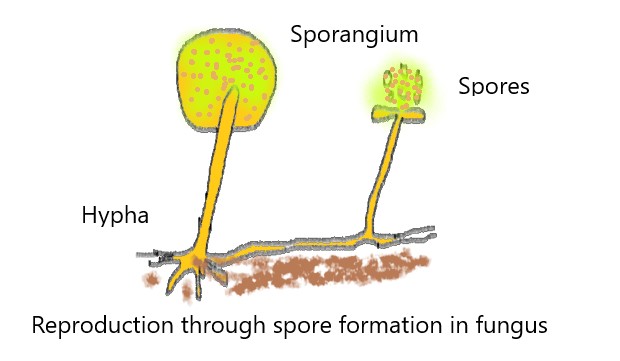
Spores have the ability to germinate and give rise to a new colony, e.g. Rhizopus.
Tissue Culture (In vitro micropropagation)
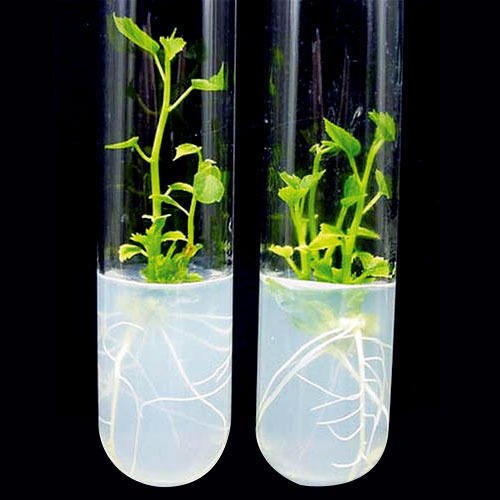
Maintains tissue or organs under sterile in vitro conditions to grow disease-free plant e.g. ornamental plants like orchids.
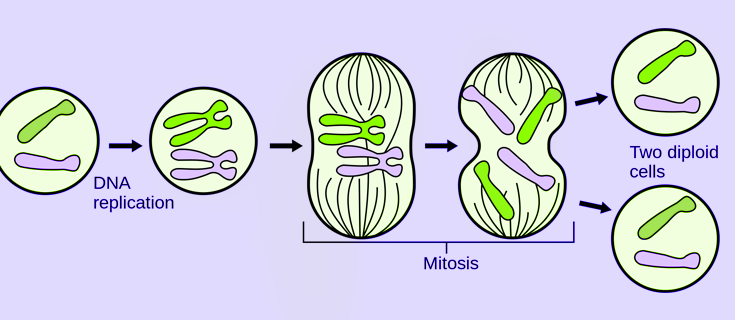
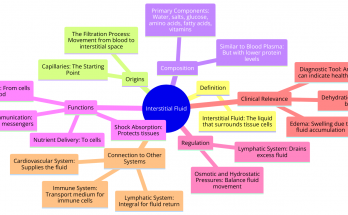
7 Comments on “Asexual Reproduction Class 10”